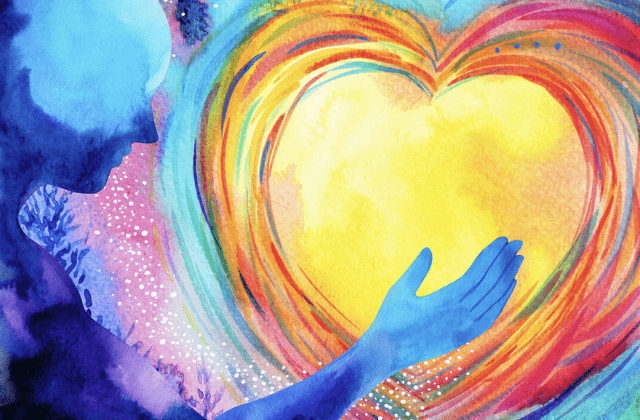Written by Denva Nesbeth, Jr. ’24
Love. Community. Service. These are some of the values I care about the most and during my time at Dartmouth, I was able to invest heavily in those things, particularly through my hobby of making music. In spring 2022, I created my instrumental song In The Stacks while I was in the East Reading Room with the goal of creating music that I could imagine my peers listening to while studying or completing their assignments. This eventually inspired the album of the same name and the subsequent albums I’ve released in the series: Back In The Stacks, Stacks Vol. 3, and, most recently, Stacks Vol. 4. Anytime someone has told me that they were able to complete tasks and assignments or study while listening to my music, it brings me joy because it means that the music is serving people and having the positive impact I intended. I find meaning and purpose in being of service to others with what I do. I’ve also been able to build community with others as a result of music. Some of the closest friendships I formed at Dartmouth originated from a common interest in songs or artists we like.
Additionally, even though my songs are all instrumental, the song titles serve as affirmations and reminders as one aligns themselves with their purpose. For instance, my latest project Stacks Vol. 4 contains song titles like Only Competition Is Me, In My Element, One Day At A Time, and Trust The Process. When you’re involved in activities that directly connect with values you hold dear or ideas you’re most passionate about, that’s the best place to be because you’re in your element and there’s no need to compare yourself to other people. You are your only competition since everyone’s respective journey is unique and everyone has a different purpose, so it’s important to take things day by day and trust the process as you walk with purpose. Stacks Vol. 3 has song titles like When You’re Going Through It and Give Yourself More Grace because having setbacks or stressful challenges is normal, but it’s important to give yourself more grace and embrace the beauty of imperfection, which is the opportunity for growth.
By putting my energy toward activities that align with the values I find most important, my mental health benefited greatly while at Dartmouth and beyond. I find joy in working on music that can uplift one’s well-being and provide a calming mood as one completes whatever important tasks are ahead of them.
-Denva Nesbeth, Jr. ’24
Denva Nesbeth Jr. ’24 is a recent Dartmouth College graduate who received his Bachelor of Arts degree in Mathematical Data Science with minors in FILM & Media Studies and African, African-American Studies. While at Dartmouth, he served as Vice President of the National Society of Black Engineers (NSBE) and as the Educational Chair of the Men of Color Alliance (MoCA). He spent time as a research assistant at the Augmented Health Lab as well as pursuing his passion of music production by releasing instrumental albums on all streaming platforms, amassing over 20,000 streams. Notably, he’s released an instrumental album series called In The Stacks, which was inspired by Dartmouth Libraries.









